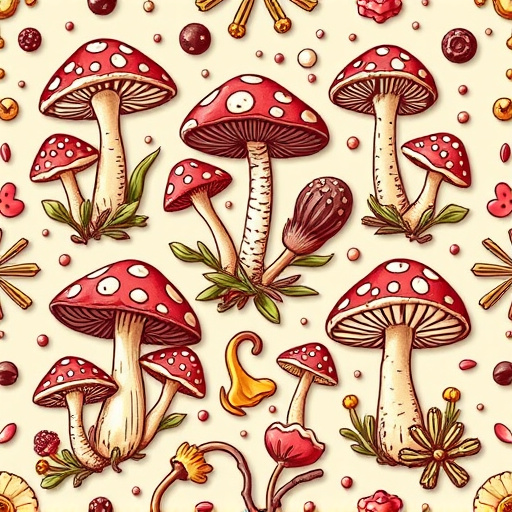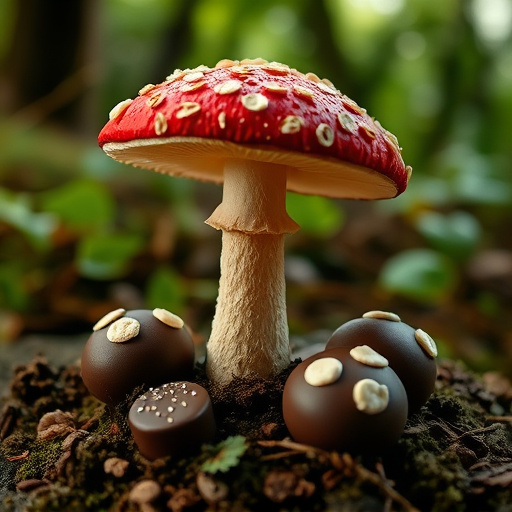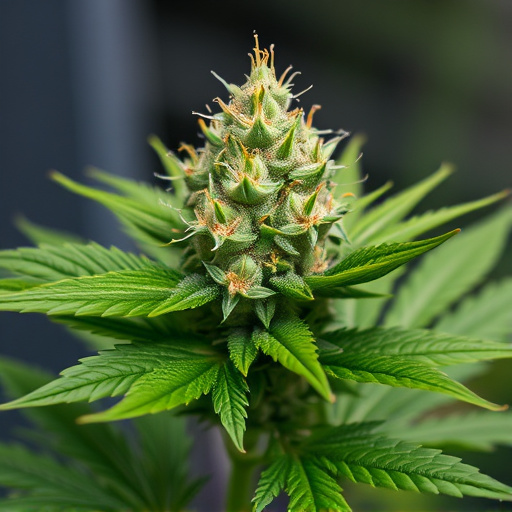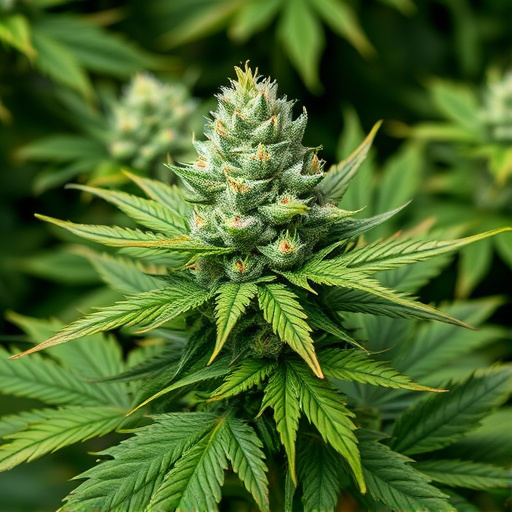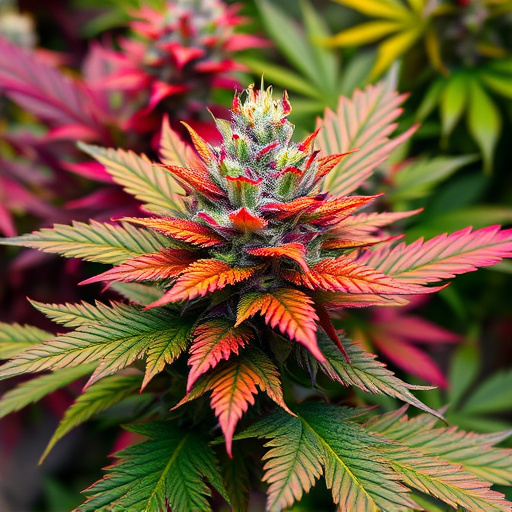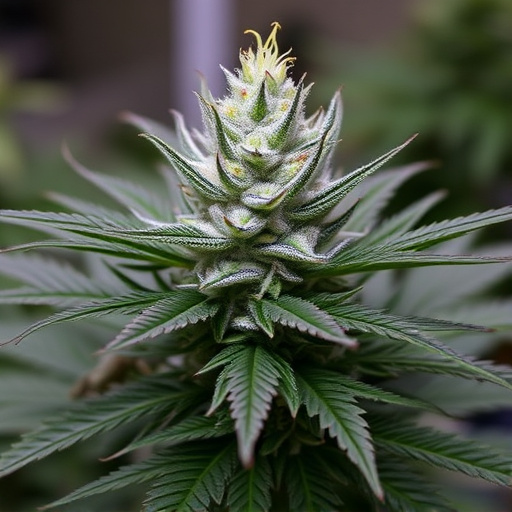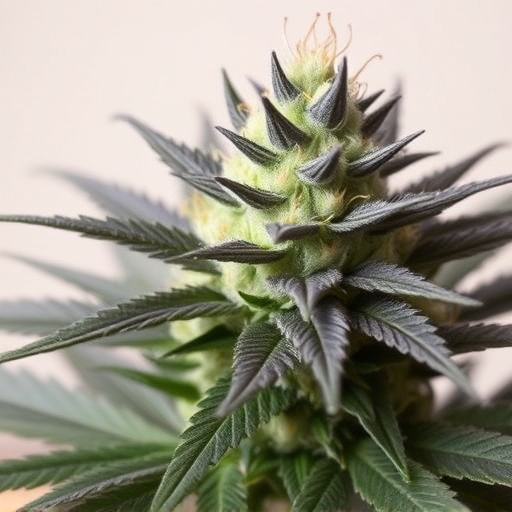The unique aromas of cannabis strains are driven by chemical compounds called terpenes, which not only create recognizable scents but also influence their effects. Terpenes like myrcene, prevalent in Indica strains, and limonene, found in Sativa varieties, offer therapeutic potential when combined with cannabinoids. The top 20 cannabis strains each boast distinct aromas ranging from fruity Blue Dream to pungent Sour Diesel, catering to diverse user experiences. This terpene diversity allows for effects varying from relaxing sedatives to energizing uplifts, making specific strains popular for different times of day or desired effects.
Explore the fascinating world of terpenes, the chemical compounds responsible for the unique aromas that define different cannabis varieties. This article delves into the intricate relationship between terpenes and cannabis scents, shedding light on how these natural compounds create a diverse range of fragrances in the top 20 cannabis strains. Discover how terpene diversity contributes to the distinct and captivating scent profiles that make each variety one-of-a-kind.
- Understanding Terpenes: The Chemical Compounds Behind Cannabis Aromas
- Unveiling the Top 20 Cannabis Strains and Their Distinctive Scent Profiles
- How Terpene Diversity Contributes to the Unique Fragrances of Different Cannabis Varieties
Understanding Terpenes: The Chemical Compounds Behind Cannabis Aromas
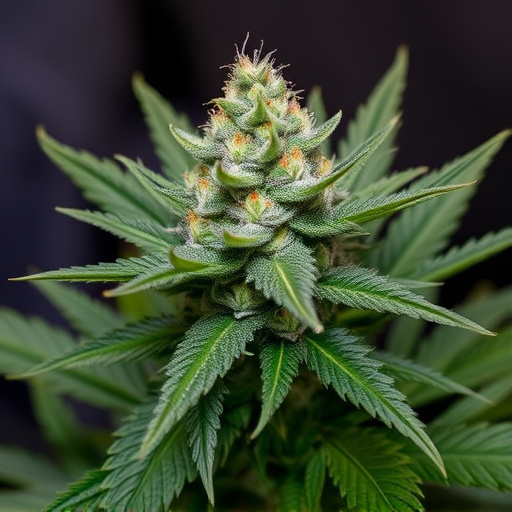
Cannabis enthusiasts and scientists alike have long been fascinated by the diverse aromas found in different cannabis strains, a phenomenon that’s largely attributed to chemical compounds known as terpenes. These aromatic molecules are not only responsible for the distinct smells and flavors we associate with various weed strains but also play a crucial role in their overall effects. Terpenes are volatile organic compounds (VOCs) produced by many plants, including cannabis, and they contribute significantly to the plant’s scent profile.
Among the vast array of terpenes found in cannabis, certain ones have gained prominence due to their prevalence and potential therapeutic benefits. When combined with specific cannabinoids like THC and CBD, terpenes can enhance or modulate the overall experience of consuming cannabis. For instance, myrcene, a common terpene in many top 20 cannabis strains, is known for its earthy, musky scent and has been linked to potential sedative and anti-inflammatory effects. Understanding terpenes and their intricate relationship with cannabinoids offers valuable insights into the complex world of cannabis aromatics.
Unveiling the Top 20 Cannabis Strains and Their Distinctive Scent Profiles
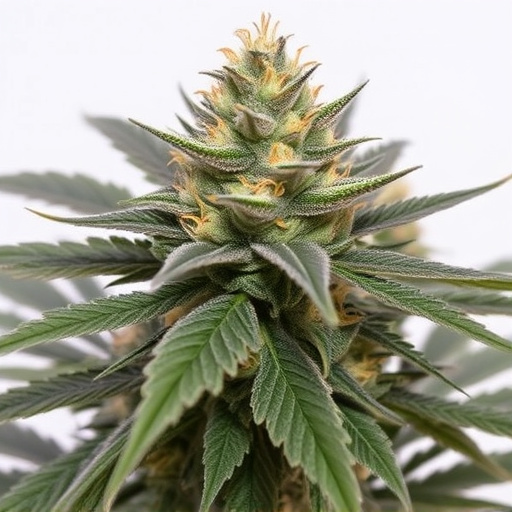
Unveiling the aromatic secrets of cannabis is a fascinating journey, and exploring its diverse scent profiles offers a unique perspective on this renowned plant. Among the thousands of strains available, 20 stand out as iconic for their distinctive aromas. From fruity to earthy, spicy to floral, these top cannabis strains have cultivated dedicated fan bases worldwide.
For instance, Blue Dream captivates with its sweet and fruity scent reminiscent of berries, while Sour Diesel leaves a pungent, sour aroma in its wake. Girl Scout Cookies is known for its rich, chocolatey and peanut butter notes, creating a decadent olfactory experience. Each strain’s unique terpene profile contributes to the overall character, making them memorable and sought-after among cannabis enthusiasts.
How Terpene Diversity Contributes to the Unique Fragrances of Different Cannabis Varieties
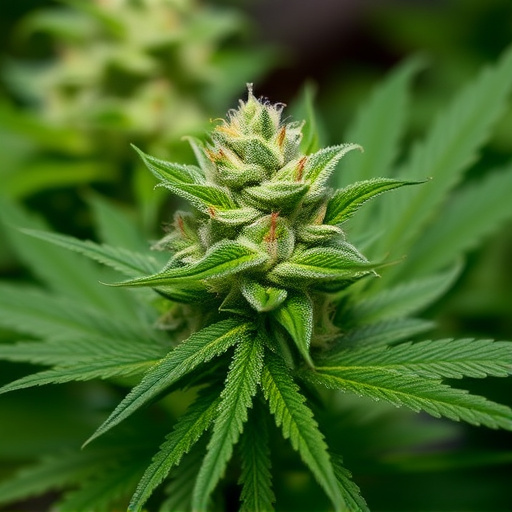
The unique fragrances associated with different cannabis varieties are largely attributed to terpenes, aromatic compounds that occur naturally in the plant. Among the vast array of terpenes, diversity plays a pivotal role in creating the top 20 cannabis strains known for their distinct scents. Each terpene contributes to the overall fragrance profile, leading to the wide range of aromas and flavors perceived by users. For instance, myrcene, with its earthy and musky notes, is prevalent in many Indica strains, while limonene, evoking citrusy and uplifting scents, is often found in Sativa varieties.
This terpene diversity allows for a vast spectrum of cannabis experiences. Certain combinations of terpenes can induce specific effects, further enhancing the user’s perception. For example, strains high in both myrcene and linalool may offer relaxing and sedative properties, making them popular choices for evening use. Conversely, those with higher levels of terpines like pinene and terpinolene can provide a more energizing and uplifting experience. Thus, the unique fragrance characteristics of different cannabis varieties are a direct result of this diverse terpene makeup.
Terpenes, the unsung heroes of cannabis, are responsible for creating the diverse and distinctive scents we associate with different strains. By understanding their chemical composition and impact on aroma, we can truly appreciate the intricate tapestry woven by nature in the world of marijuana. Exploring the top 20 cannabis strains and their unique scent profiles reveals a rich landscape where terpene diversity reigns supreme, offering an array of experiences for both casual and dedicated users alike.

